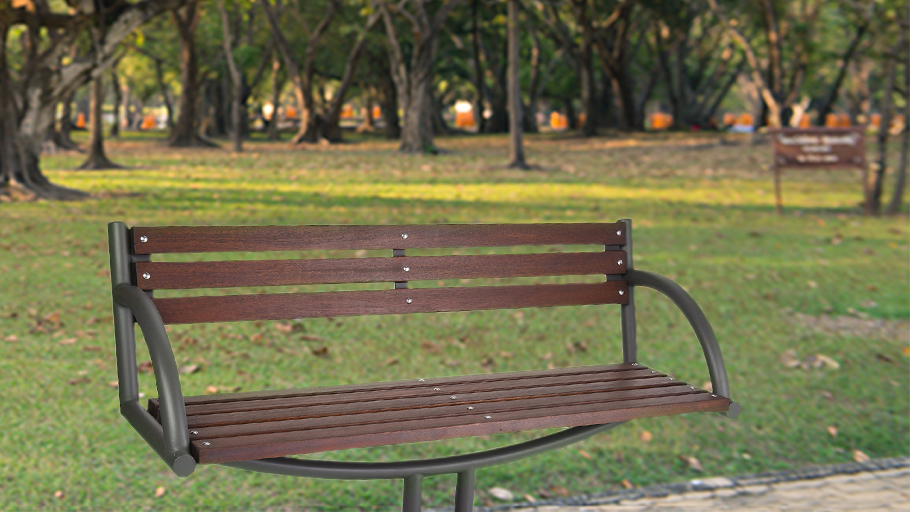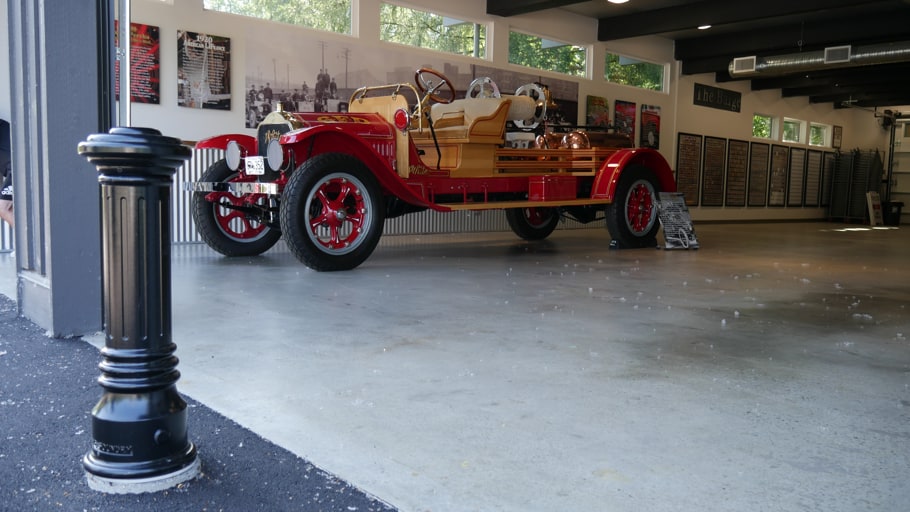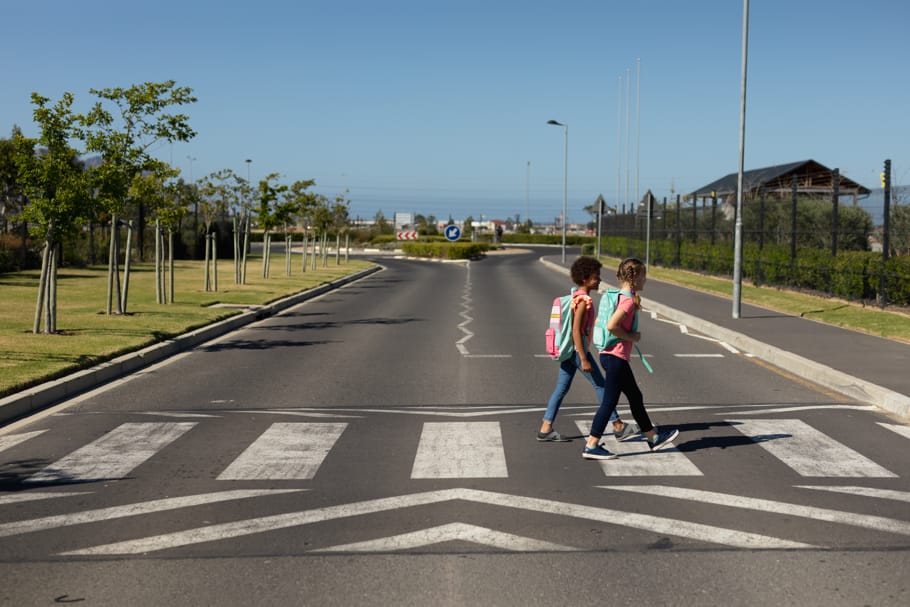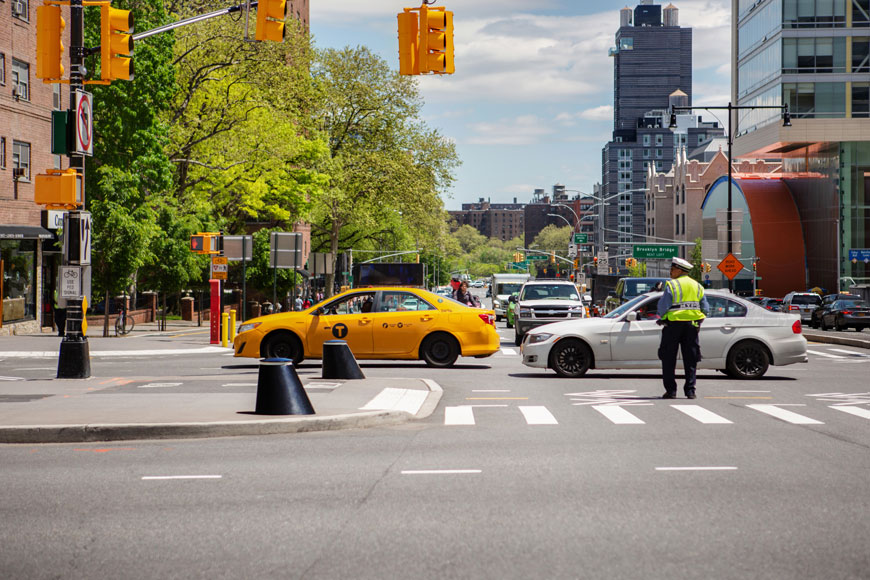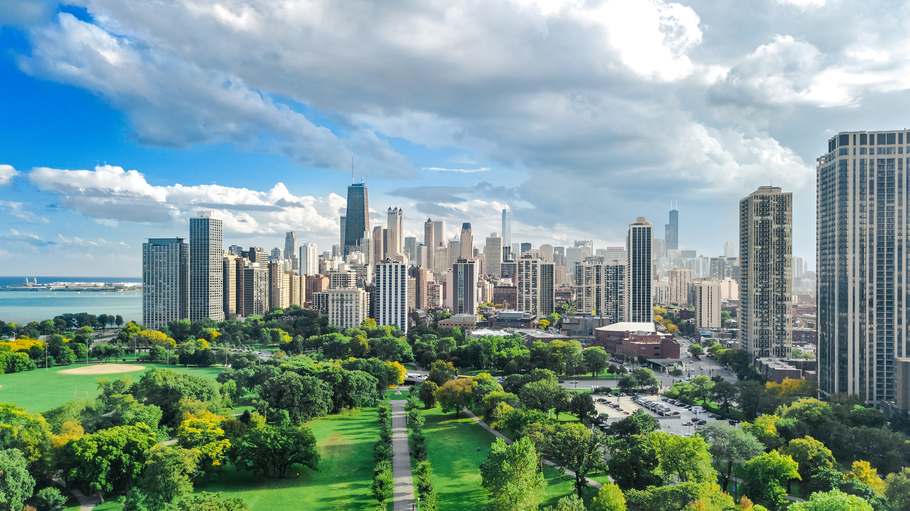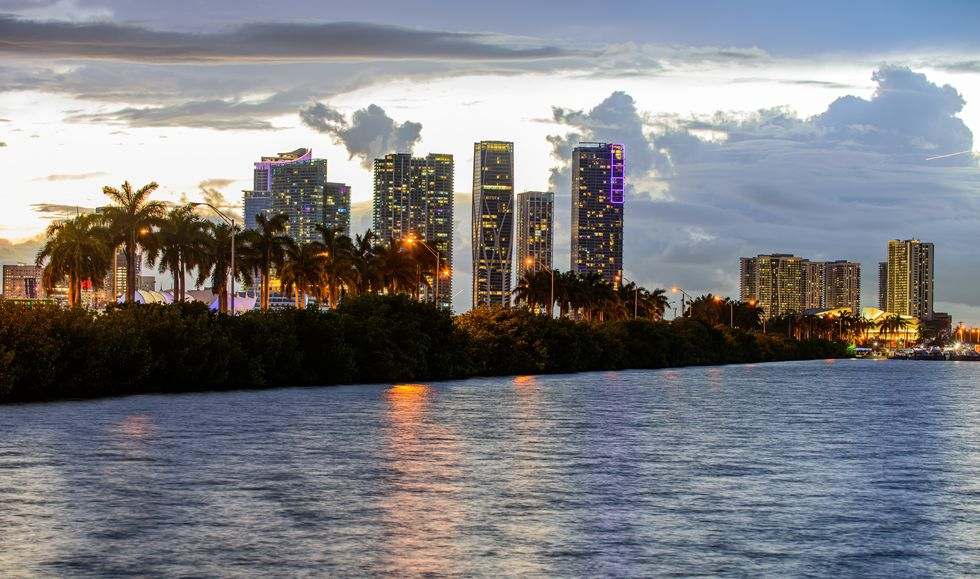Where to find encouragement, challenge, and new ways of thinking

Dipping into Twitter for professional reasons can be a challenge. On one hand, Twitter has a reputation as a dynamic resource, where ideas and events can be shared easily, and conversations happen between people who would otherwise never meet. On the other hand, comment threads can often give way to distracting flame wars and verbal fisticuffs. This element can make Twitter an inconstant platform for career-minded people.
The trick to a robust professional twitter feed is finding great accounts to follow, where comments provide food for thought, and reshares are well considered. As a company, Reliance Foundry provides products to match the vision of urban designers, architects, and planners, by providing site furnishings that deal with traffic in our bollard, and bike parking product lines. In order to stay informed of the conversations between urban planning professionals, we follow a lot of feeds, and have found some consistently thought-provoking accounts. We are highlighting a sample that tackle big ideas and offer brass-tacks implementation strategies to help cities thrive.
Check out our growing Twitter list of Urbanists & Planners for these accounts and more!
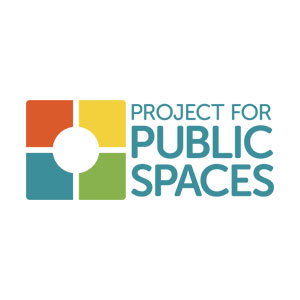
Fred Kent curates a Twitter feed full of projects and thoughts about placemaking and vital community connection. He was one of the founders of Project for Public Spaces @PPS_Placemaking, an organization that focuses on taking a community-led, grassroots approach to urban design, and this philosophy shows throughout his feed.
Although he is retired, his Instagram links, tweets from other planners, articles in the field, and personal travels are all inflected by his rich background. In his career he studied with Margaret Mead, worked with William H. Whyte, and has contributed to hundreds of projects at iconic and well-loved venues. He’s been interviewed by The Atlantic, The Washington Post, and The New York Times. Following @Fred_Kent has the relaxed but informative feel of sitting down over coffee, to chat with a celebrated expert in community revitalization.
The Center for an Urban Future focuses on local New York issues and research, looking to expand economic activity in the five boroughs. The research they do informs innovative approaches to urban sustainability. Although the local issues of New York City are not universally applicable, looking at the data coming from such an economically and socially diverse city offers perspectives that can spark new ways of approaching issues, as well as demonstrating what engagement at the municipal level can do.
This account is not too busy, but often links to interesting, in-depth research.
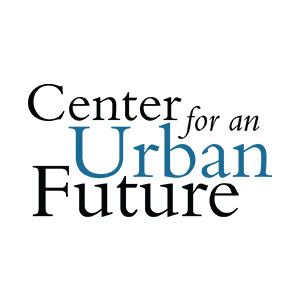
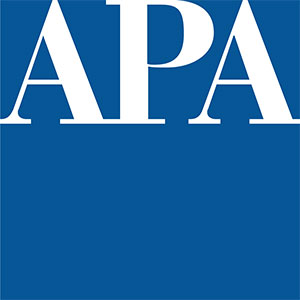
The American Planning Association (APA) administers the American Institute of Certified Planners, the only nationwide qualifier for planning professionals.
This twitter account is excellent for job seekers in planning fields to keep an eye on, as it offers daily job-listing updates. APA also shares its own articles, tending to general analysis on issues or trends from a national or even global perspective. The APA stays abreast of headline news, suggesting possible ramifications for planning professionals and local communities.
The Center for Active Design’s motto is “promoting health through design.” From neighborhoods to workplaces, this non-profit organization has expertise in creating health-promoting environments. On the Center’s Twitter feed, find highlights of conferences, papers, press releases, and work being done in this field. The account often retweets interesting related work, and so following this account will expose you to other people and organizations with a focus on design for well-being.
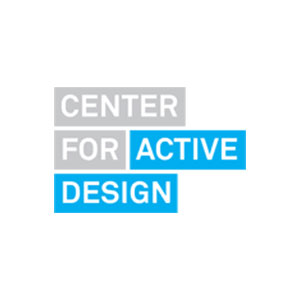
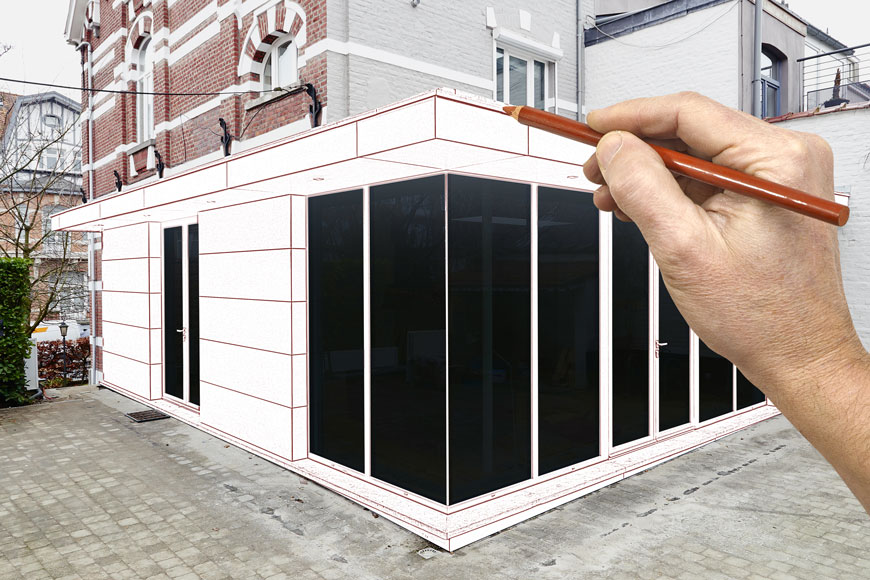
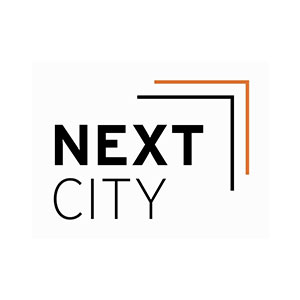
This nonprofit organization has the goal of improving cities for citizens, with a focus on both economic health and overall well-being of those living in urban density.
Housing, infrastructure, environmental stewardship, technology, and municipal political movements are all areas of focus. Next City shares articles, webinars, and events. Their feed is up-to-date and fast moving, publicizing articles as they come out, sharing events in a timely way, and exploring new research, news, or issues as they arise. A good balance of topics makes for an interesting and diverse offering for those interested in the urban streetscape.
There are a lot of interesting individuals to follow in the world of urban planning. One such person is Dr. Geoff Boeing, an urban planning professor at Northeastern University, who takes a unique, data-driven, quantitative approach to urban research.
A mathematical elegance is evident in both Dr. Boeing’s own work and in the observations and retweets he makes in the field. To see some of this elegance visualized, check out his work “City Street Networks Around the World,” which won an Information is Beautiful award for its creative representation of the ordering and orientation of street networks.

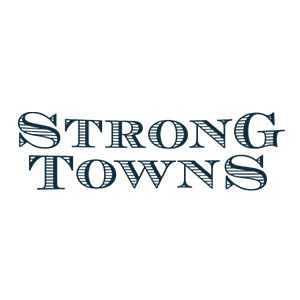
A lot current urban design comes out of New Urbanist values, which emphasize walkable, diverse, environmentally friendly neighborhoods, and is often considered in terms of major metropolitan areas. Strong Towns shares some of these goals for small towns and roots big philosophical visions in manageable, actionable items. The organization is interested in learning what it takes for a community to make change. They do honest appraisal and careful follow-up of projects they’re involved in, which is a useful period of reflection in a movement often looking into tomorrow.
As a non-partisan but political group, Strong Towns shares interesting from many sources, bringing diversity of perspective to their Twitter feed.
The Council for Canadian Urbanism (CanU) includes urbanists from across Canada. Its Twitter feed shares information about big projects, publications, and events from groups from coast to coast to coast. The Council’s focus is on the uniquely Canadian context, including culture, geography, climate and sprawl.
This Twitter feed is focused on how Canadian planners are developing sustainable, ecological design models, often sharing contrast or collaboration with other countries.

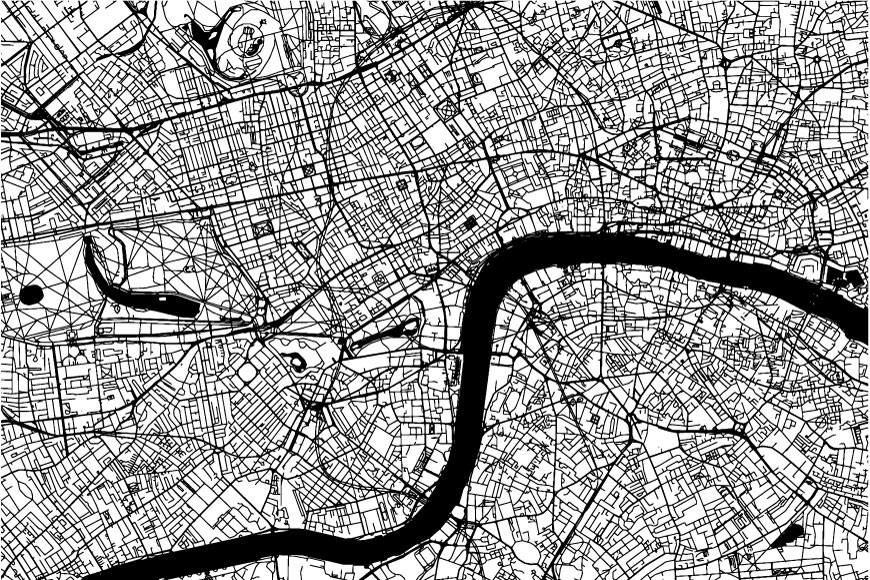
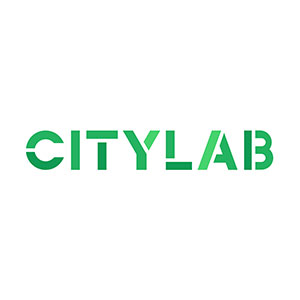
This media offshoot of The Atlantic magazine has a dedicated team of reporters focused on urban planning and architectural issues. From bike lanes to Brexit, American-focused CityLab follows the world’s news from the perspective of urban design.
CityLab’s areas of focus in urban design include, transportation options, environmental sustainability, social equity, and the engaged streetscapes of a living community.
The Congress for the New Urbanism is on a mission to help planners envision and create walkable neighborhoods, whether in towns, suburbs, or large cities.
CNU encourages the building of multi-zoned, multi-cultural and multi-economic areas and discourages the development of bedroom communities and commuter-areas. Their Twitter feed shares both their own events and ideas and those of other people working in this field. They hold annual Charter Awards which are a great way to see current achievements in architectural, landscape, and urban design and planning.
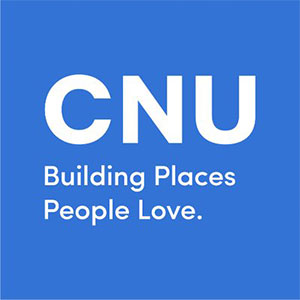

Greater Greater Washington is a regional advocacy organization that brings people together to articulate local needs for transportation, housing, and public policy.
Their Twitter feed is somewhat of a standout in terms of sharing both original content from their local blog and a comprehensive roundup of major media articles. When looking for both regional and international research, GGWash is a busy feed to follow, sure to offer something to your specialization.
The passionate and articulate Brent Toderian was the former chief planner for Vancouver, who helped set it on its “Greenest City” path.
Mr. Toderian’s feed is a mix of his own observations and research, along with retweets of other leaders in urban and city planning. He links to articles which challenge the status quo. In general, his feed is transportation focused, specifically on the impact of car culture vs. public transportation and bicycle infrastructure, but he also shares information on zoning, housing infill, and human-interest stories from all around the world.

For urban planning professionals or those who are affected by and interested in the trends that shape our world, these accounts provide a good start to jump in. Cities are currently wrestling with so many issues, including environment and sustainability, density, diversity, transportation, and economic displacement. There are many people working different approaches to these challenges. Twitter is at its best when it offers us a varied view of this work, joining us in an active conversation. We can see the winds of change as they come, rather than reacting after they arrive.

